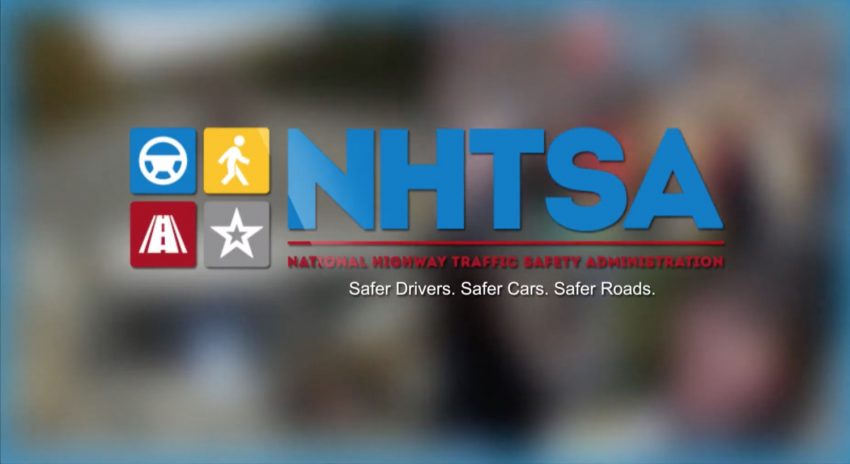When buying a new or used vehicle, one of the top priorities for prospective buyers is the vehicle’s safety. Modern automobiles are safer today than ever before thanks to the advent of new technologies and better build quality. Now, safety features that work to avoid an accident before it happens have been found to reduce crashes, according to PARTS.

A Stationary Automatic Emergency Braking Test on Friday, July 24, 2015 at the new $14-million General Motors Active Safety Test Area at the Milford Proving Ground in Milford, Michigan. (Photo by Jeffrey Sauger for General Motors)
PARTS, which is short for Partnership for Analytics Research in Traffic Safety, is a coalition of automakers and the National Highway Traffic Safety Administration (NHTSA). It found that active safety features, specifically Forward Collision Alert and Autonomous Emergency Braking, drastically reduce the risk of crashes and injuries. In a study performed by the PARTS, it was discovered that these active safety technologies reduced the risk of a crash by 49 percent, of a serious crash by 42 percent, and lowered risk of injury by 53 percent.
In addition, this study also found that these safety technologies worked well in all circumstances, regardless of weather conditions, as well as helped drivers stay in their lane.
GM was one of eight different automakers that participated in this study. In November 2022, Ford joined the PARTS coalition, which now accounts for over 80 percent of the U.S. passenger vehicle market.
To acquire data for the study, the NHTSA received vehicle data for approximately 47 million vehicles from automotive manufactures. The MITRE Corporation, an independent and not-for-profit organization, analyzed the data sources. After linking the crash data with vehicle data that auto manufacturers supplied, more than 2.4 million crash-involved vehicles were part of the analysis. About half of the vehicles in this dataset are small and midsize cars, as well as SUVs.
Additionally, NHTSA supplied data for more than 12 million police-reported crashes, involving 21.7 million vehicles in 13 states, to facilitate analysis.
Subscribe to GM Authority for more GM safety news, GM technology news, and around-the-clock GM news coverage.















Comments
It’s interesting that the article says that vehicle safety is one of the primary considerations for buyers. I have never given it a second thought when buying a vehicle, new or used. But I am one of the old school generation who removed seatbelts from our vehicles because they were ugly and in the way and we weren’t using them anyway. My how times have changed.
How many of those “safety features” have taught people that we do not need to be aware of what is going on around our vehicles at all times?
Yes and it keeps getting worse with hands free driving. Also I see vehicles almost every day with their lights off because they don’t have them set right to automatic but the front running lights are on so I guess they think the tail lights are on too. Plus, it seems drivers become Mrs ignorant all the time. Drivers Ed should be required for everyone and cops should start patrolling again.
It’s amazing how quickly individuals try to beat down safety features that save lives everyday. I had commented months ago how I wished my 22 C8 HTC had more of the safety features that come standard with vehicles that cost less than 1/3 of entry level C8. Immediately the comments came back indicating that if I needed those safety features I shouldn’t have bought the Corvette. Not everyone buys a Corvette to drive it on a track or recklessly on the streets. As a previous driving instructor I can tell you that these safety features do save lives and even prevent accidents. If you haven’t had the privilege of even trying them maybe you should, you may change your mind. Tomg
So safety features reduce crashes and injuries. Well duh.
Want to know what else reduces those? Attentive driving, putting the phone down and not having a 52″ tv screen in front of you.
What the heck is going on with this site and errors for comments? Let’s try this again.
Safety features reduce crashes and injuries? Obvious.
You know what else helps? Attentive driving, putting down the phone and not having a 52″ tv screen in front of you!